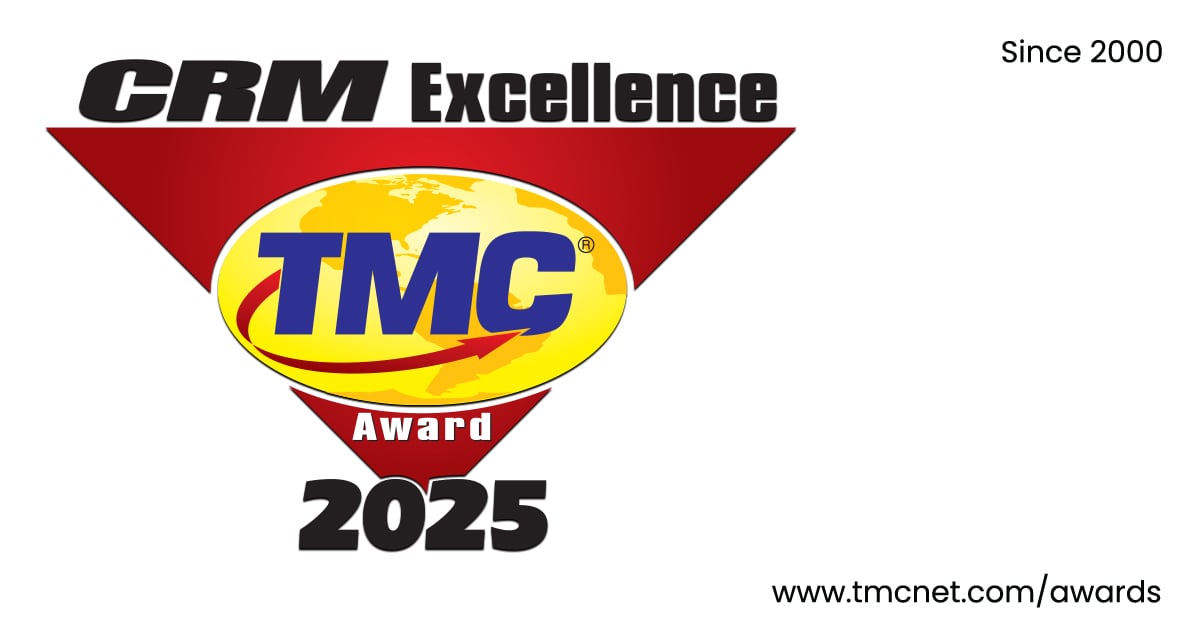
Every company claims to be fixated on customer service. Yet, data reveals most brands are doing a terrible job when it comes to treating its customers well. According to Forrester’s 2016 US Customer Experience (CX) Index Report, consumers said that only 1% of U.S. businesses deliver excellent customer service.
The same research found that the state of CX remained stagnant among Canadian businesses, and none of the U.K. brands received an excellent score. Tech support rage is not uncommon these days, as eloquently described by a recent New York Times article.
So, what could be the reasons why? We decided to find out by asking consumers themselves. Our approach was to follow the pain in the customer service chain, along the lines of the HBR article Staple Yourself To An Order, which focuses on the order-management cycle and how it impacts the customer experience.
Through Forrester Consulting, we asked 5,000 consumers what created the biggest pain point in the process of getting customer service from businesses. Their experiences in a broad set of industries were covered: retail, communication service providers, banking and financial services, property and casualty insurance, health insurance, health care providers, utilities, and government. Allowed to pick up to two options, consumers cited the following three as the biggest pain points:
- Different customer service agents give different answers (41%)
- Customer service agents don’t know the answer (34%)
- Can’t find answer on website (31%)
Following the chain of CX pain, we set out to understand why contact center customer service agents were not able to deliver knowledgeable and consistent customer service. We asked over 2,000 agents: “What caused the biggest pain in answering questions/resolving problems/executing a service process, when you had a customer on the line.” Interestingly, the top two challenges identified by the front line of customer service correlated closely with the top two hassles experienced by the consumers they serve:
· Different systems/info sources give different answers for same question (23%)
· Finding the right answer to customer questions (23%)
· Hopping from one application/window to another (22%)
· Hard to keep up with all the new info/changes I need to know about (16%)
The root cause of the key challenges for both consumers and agents is the lack of an intelligent and unified omnichannel knowledge management (KM) system that can deliver fast, accurate, and consistent answers to consumers or agents when the consumer is on the line, regardless of interaction channel—voice, digital, or in-person. To address this problem, here are some best practices that will help improve the odds of success of a KM system:
- Start with the Pareto Principle, and develop answers for the most frequently asked questions.
- Go beyond just documents and content to make answers easily findable by providing a variety of search options for the consumer and the agent: keyword search, natural-language search, topic trees, etc.
- Extend knowledge to guided search and customer interactions. Leverage artificial intelligence-based reasoning to walk the customer or the agent, step-by-step, to answers for complex questions or through service processes—just like a doctor would diagnose a health issue by conversing with the patient or an expert advisor would recommend the right product by conversing with a potential customer about their goals.
- Deploy the same consistent knowledge across all customer touchpoints.
- Make sure to address people, process, and culture issues so the organization is committed to a KM program for customer service excellence
Done right, KM delivers significant operational benefits such as improvements in first-contact resolution, average handle time, average speed-to-answer, and speed-to-competency for agents. Moreover, many companies have experienced benefits specific to their industry — here are some examples:
- Banking and financial services firms, and health care companies have been able to improve compliance with industry regulations when it comes to customer service.
- Telecom companies have been able to reduce unwarranted handset returns and exchanges through better knowledge-enabled problem resolution for the consumer on the website or through the contact center.
- Manufacturing companies have reduced unwarranted field service truck rolls the same way.
In short, with a successful KM initiative, excellence in customer service will no longer be elusive—it will be ensured!
About the Author: Anand Subramaniam is senior vice president of marketing at eGain Corp. (www.egain.com).
Edited by
Mandi Nowitz





